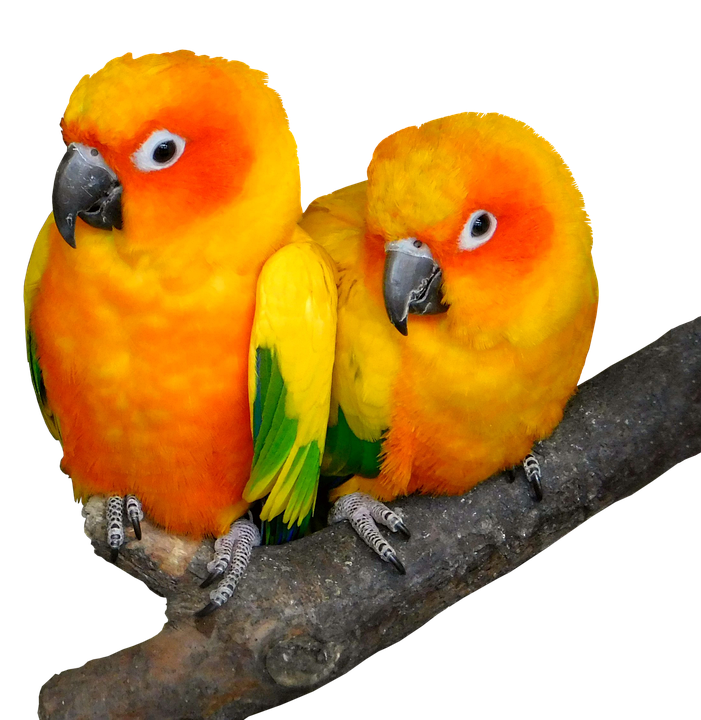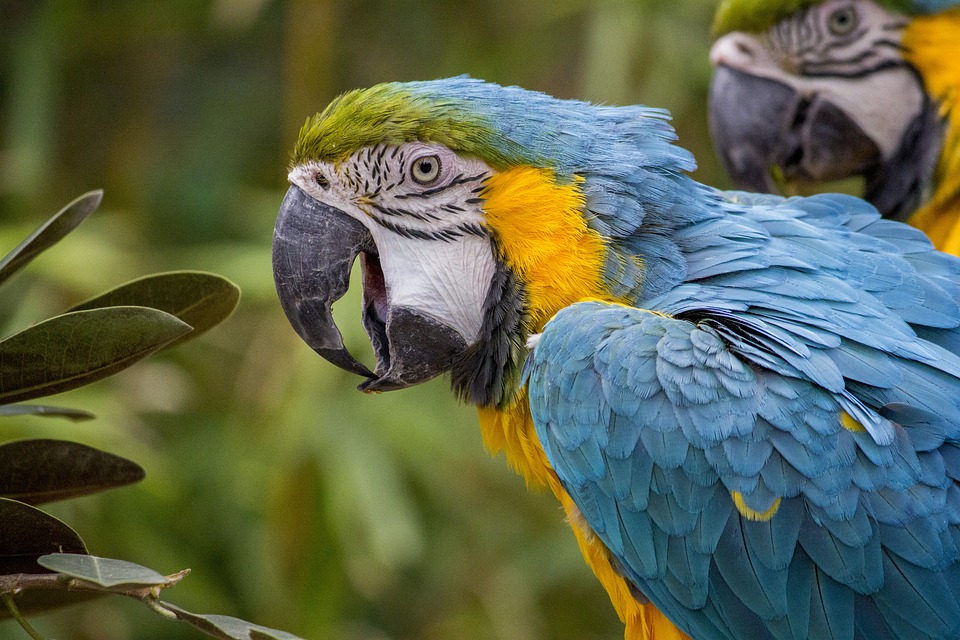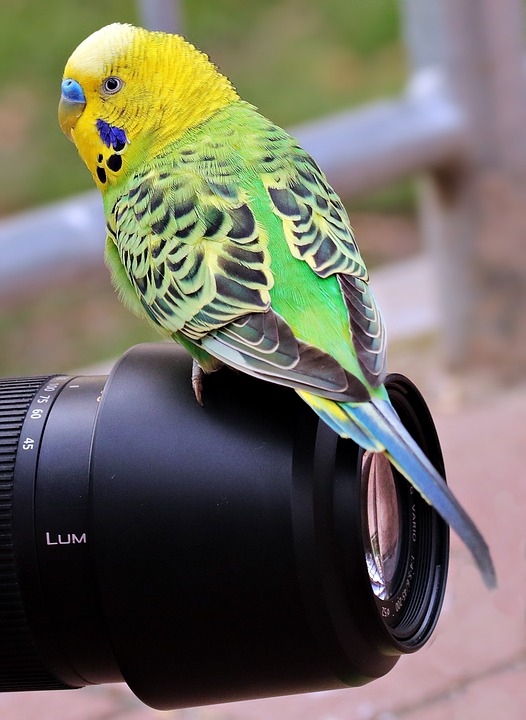Parrots are highly intelligent and sociable birds that have the capacity to learn and perform a wide range of tricks and behaviors. In this article, we will explore the step-by-step process of training your parrot to give a wing salute or perform a high-five, two impressive tricks that will surely delight both you and your feathered companion. Additionally, we will address some frequently asked questions to ensure a successful training experience.
Before diving into teaching specific tricks, it’s essential to establish a foundation of trust and communication with your parrot. Building trust is crucial, so spend quality time with your parrot, offering treats, engaging in gentle handling, and maintaining a calm and patient attitude. Positive reinforcement techniques should be utilized, rewarding desired behaviors with treats, praise, or affection. Avoid punishment or negative reinforcement, as it can harm the training process and your parrot’s emotional well-being.
The first trick we will explore is teaching your parrot to give a wing salute. This adorable trick showcases your parrot’s intelligence and cooperation. Start by introducing target training, using a small stick or target stick to guide your parrot’s beak gently. Reward your parrot with a treat each time they touch the target stick with their beak. Once your parrot has grasped target training, introduce a unique verbal cue or hand signal associated with the wing salute, such as saying “salute” or raising your arm. Repeat the cue consistently while presenting the target stick. Gradually shape the behavior by requiring your parrot to lift its wing higher each time it touches the target stick. Reward your parrot with treats and praise for any progress made towards the wing salute. Over time, begin to fade out the target stick, relying solely on the verbal cue or hand signal. Continue rewarding your parrot when it successfully performs the wing salute.
The second trick we will cover is teaching your parrot to perform a high-five. This trick is fun and interactive, showcasing your parrot’s ability to engage in physical contact. If your parrot is already comfortable with target training, you can skip this step. Otherwise, introduce target training as described earlier, associating a verbal cue or hand signal with touching the target stick. Next, extend your hand with an open palm towards your parrot, using the target stick if necessary, and reward your parrot for touching your hand with its beak. As your parrot becomes accustomed to touching your hand, introduce a verbal cue like “high-five” or a unique hand signal. Repeat the cue consistently while presenting your hand. Encourage your parrot to touch your hand with its beak by gradually raising your hand higher. Reward your parrot with treats and praise for each successful high-five. Similar to the wing salute training, gradually reduce the reliance on the target stick and solely rely on the verbal cue or hand signal. Continue rewarding your parrot for performing high-fives.
Now, let’s address some frequently asked questions:
1. How long does it take to train a parrot to perform these tricks?
The training duration may vary depending on your parrot’s individual personality, previous training experience, and your consistency. It may take anywhere from a few weeks to several months to achieve desired results.
2. What treats should I use during training?
Choose small, healthy treats that your parrot enjoys, such as sunflower seeds, small fruit pieces, or commercial parrot treats. Ensure the treats are safe for your parrot and use them sparingly to avoid overfeeding.
3. Can older parrots learn these tricks?
Yes, parrots of all ages can learn new tricks; however, it may require more patience and persistence with older parrots. Adjust the training pace to accommodate their individual needs and abilities.
4. How often should I train my parrot?
Consistency is key. Aim for short, daily training sessions that last around 10-15 minutes. This regularity will help maintain your parrot’s interest and promote faster learning.
In conclusion, training your parrot to give a wing salute or perform a high-five can be an exciting and rewarding experience for both you and your feathered friend. Remember to always prioritize positive reinforcement, patience, and a nurturing training environment. With time and dedication, your parrot will delight you with its newfound skills and strengthen your bond even further. Happy training!









